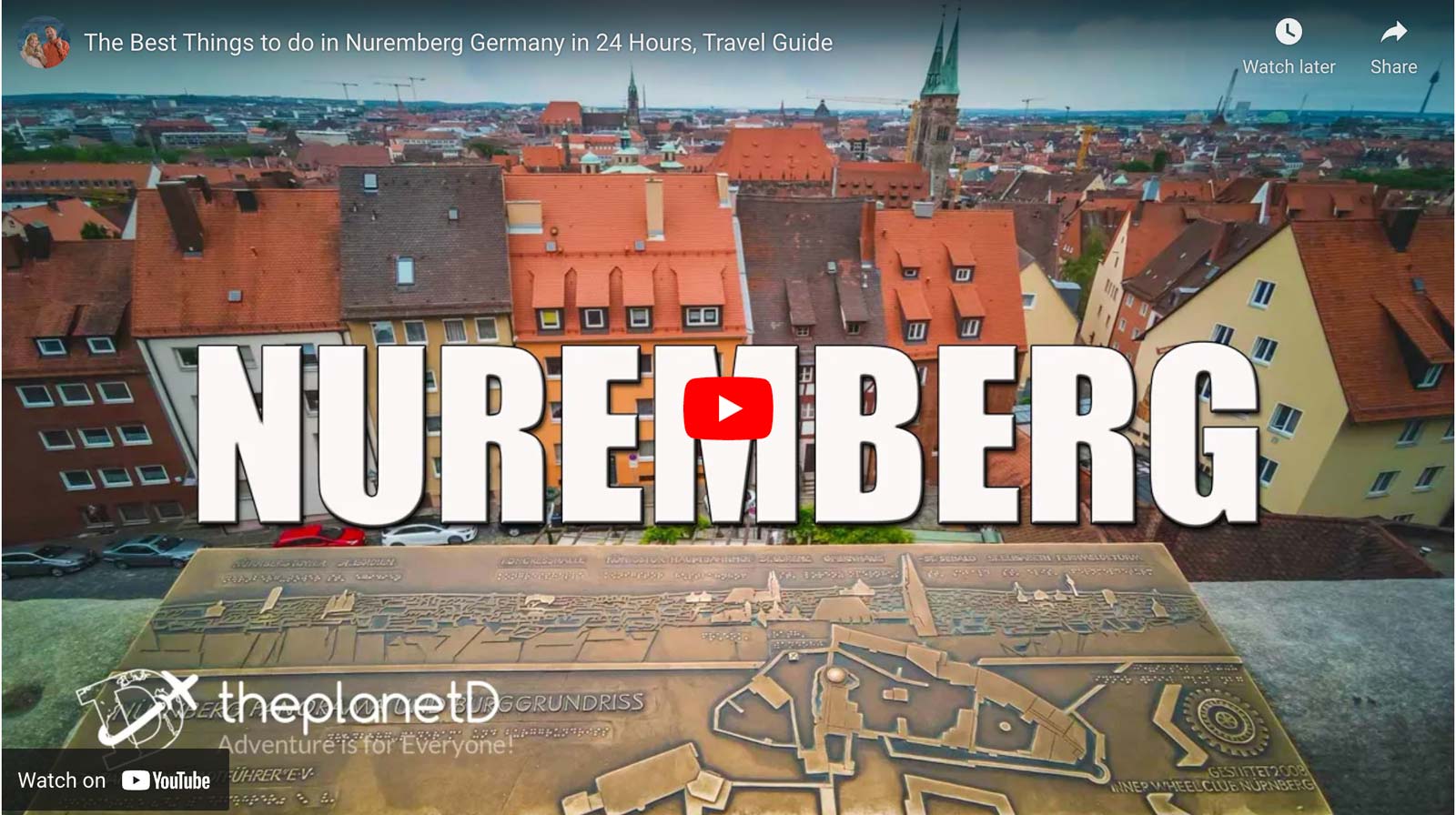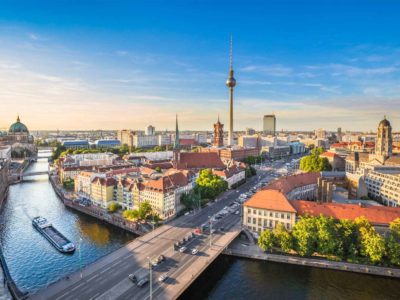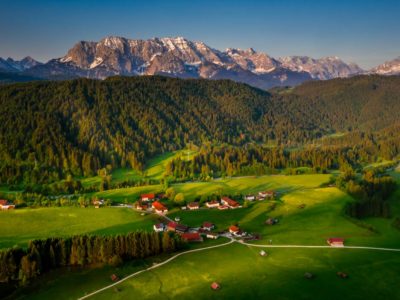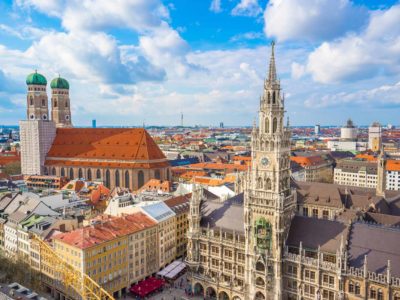Nuremberg was one of the last stops on our Bavarian tour and it turned out to be one of the most surprising cities we visited in Germany. Located in Northern Bavaria, Nuremberg is the second-largest city (after Munich) in the state. Its thousand-year-old history has survived the Holy Roman Empire and the Nazi regime to emerge as a cultural leader.
Table of Contents
Best Things to do in Nuremberg
Nuremberg is filled with museums and theatres, and the beautifully restored Old Town (Altstadt) makes for a pleasant stroll with pretty half-timbered houses lining its streets. Nuremberg has something for every traveler so let’s explore all the best things to do in Nuremberg to make the most of your stay.
1. Nuremberg Castle – Imperial Castle of Nuremberg
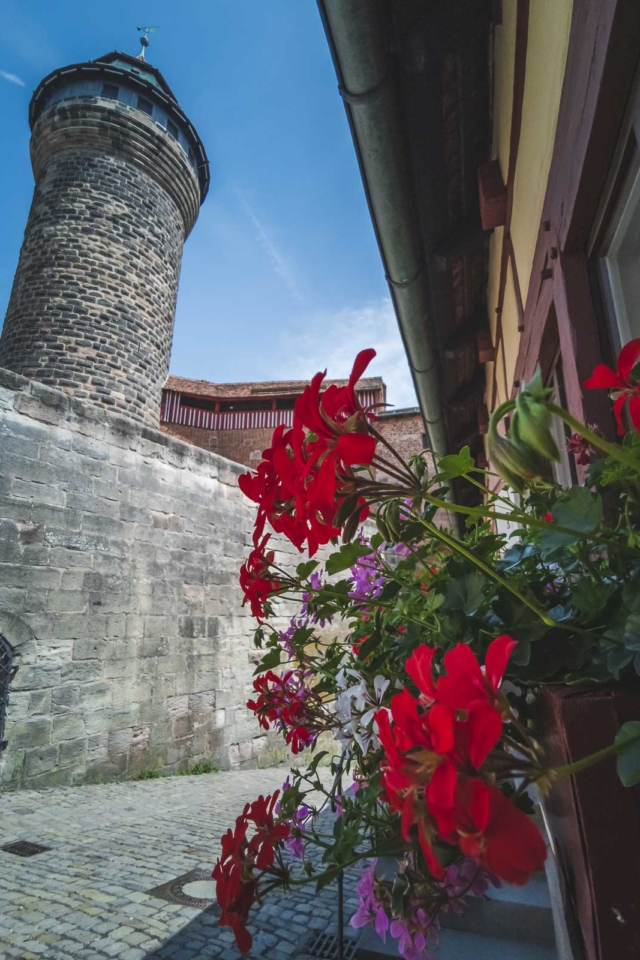
One of the first things to do in Nuremberg is to make your way to Nuremberg Castle. The Imperial Castle is the symbol of Nuremberg and has been standing since the middle ages dating back to 1050. Nuremberg played a significant role in the Holy Roman Empire and the castle symbolizes that power.
Take a walk up to the castle grounds for views of Nuremberg’s Altstadt (The Old Town) and be sure to take a tour inside the castle to explore its halls that lasted long after the fall of the Holy Roman Empire. Notable things you’ll see on a tour are its Deep Well plunging 48m (158ft) into the earth, the Sinwell Tower, the rose gardens, castle chapel, and Imperial Hall. You may also like: The Essential Guide to Germany’s Romantic Road
2. Old City Walls
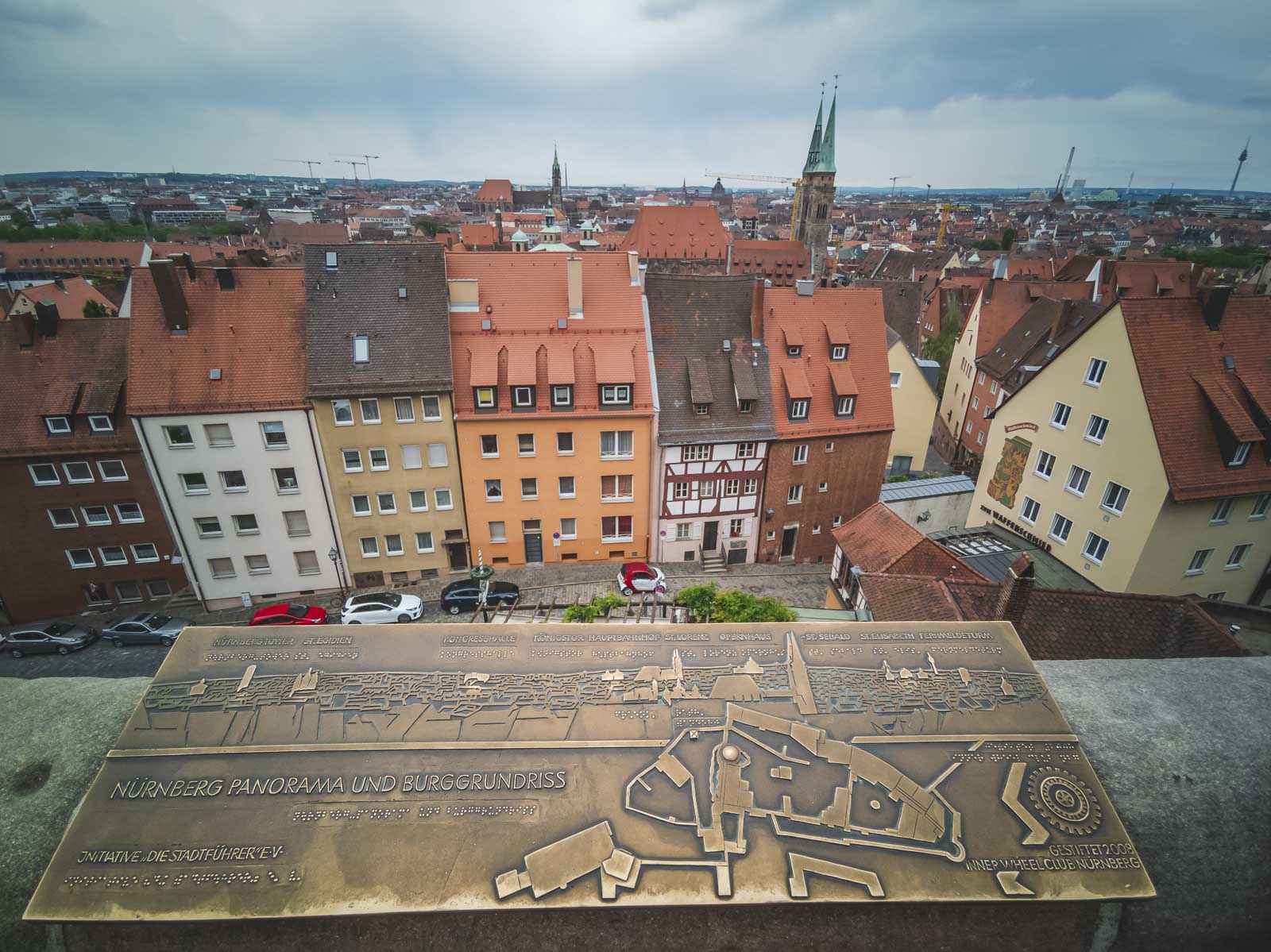
One of the most impressive things to see in Nuremberg is its Old City Walls. Constructed between the 12th and 16th centuries, the impressive city walls still span 5km around the Old Town today. You can walk along the walls with portions of it still open to explore its different towers and gates. It leads from the Nuremberg Castle all around the old town. Take this Old Town Guided Walking Tour with a local guide to discover secret spots and learn of the city’s history.
3. Hauptmarkt
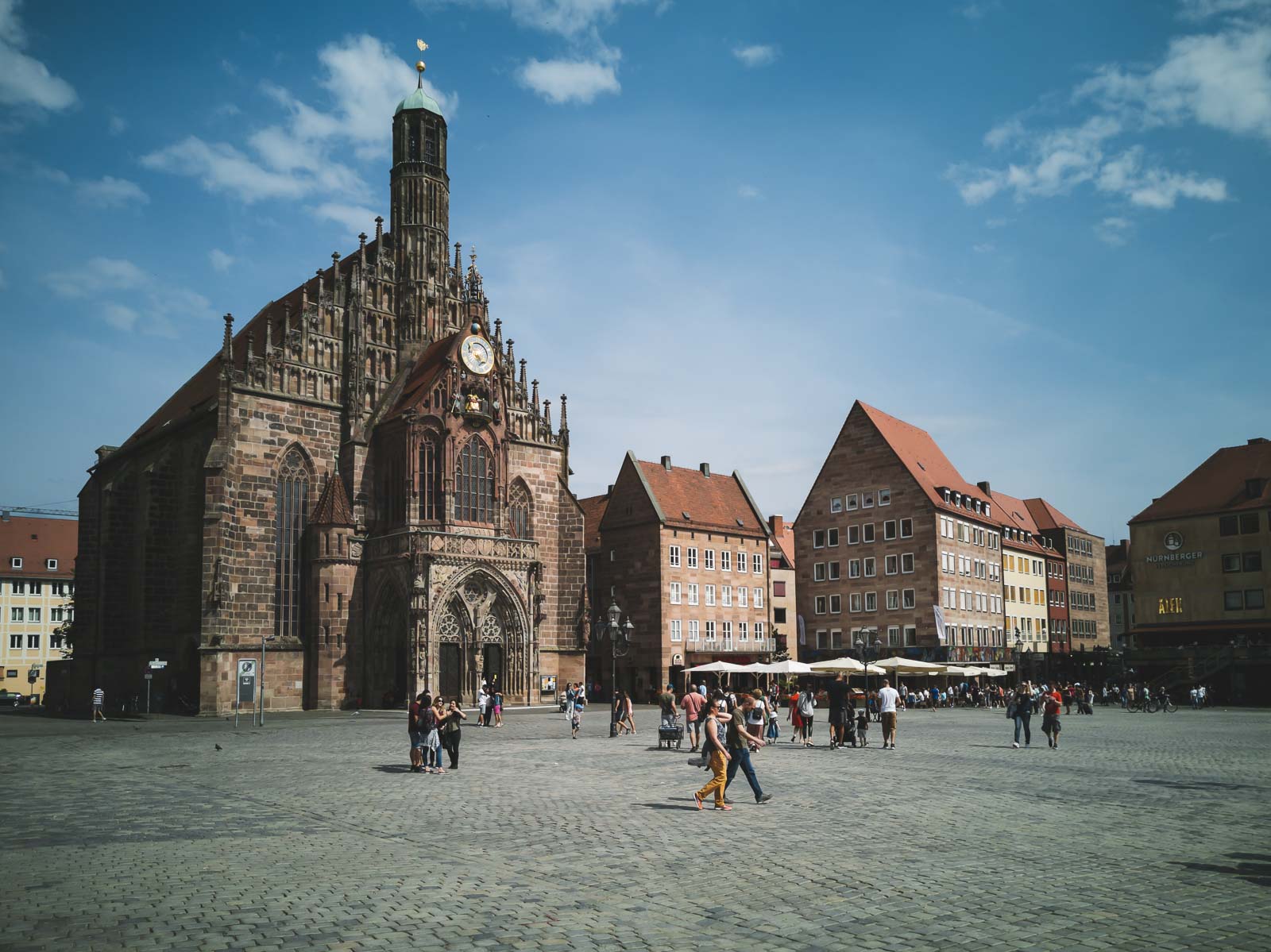
One of the first places you’ll probably visit in Nuremberg is Hauptmarkt. Nuremberg’s Main Market and city center, Hauptmarkt is a sprawling square containing the Old Town Hall (Nurnberger Rathaus) and Nuremberg’s only Baroque church, St. Giles’ Church. Here is also where you’ll find the Nuremberg tourist information center where you can join some walking tours. But it is the beautiful fountain of Hauptmarkt that is the star attraction.
We always enjoy a hop-on-hop-off-bus tour when we first arrive in a city. It’s a great way to get acquainted with the city and it stops at the historic sites and tourist attractions letting you hop off to explore as you go.
4. Schöner Brunnen
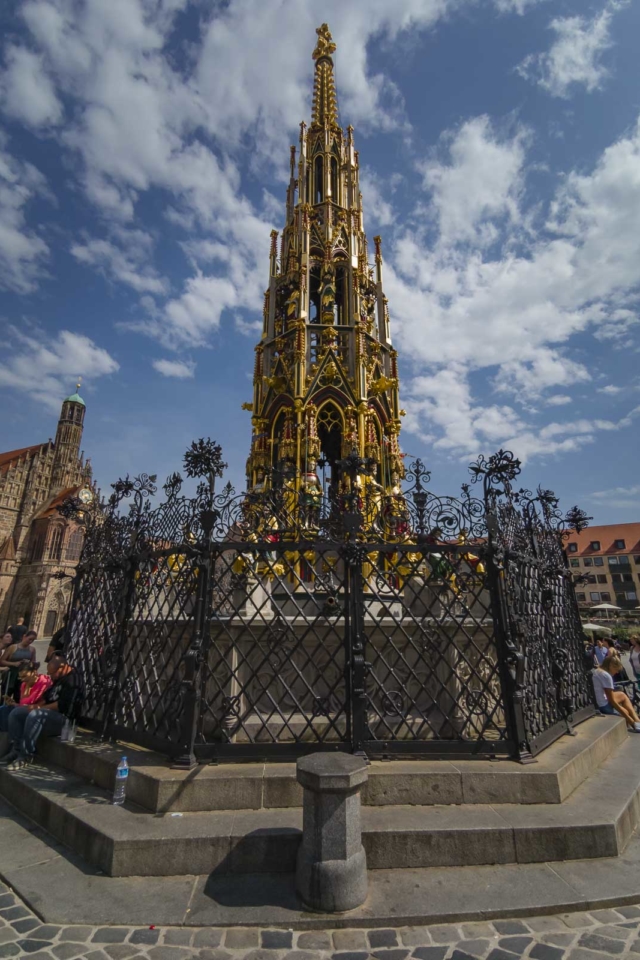
Schöner Brunnen is one of the top things to see in Nuremberg. This ornate fountain dating back to the 14th century, the fountain contains 40 figures that represent the world view of the Holy Roman Empire. It stands 19 meters high and looks like a Gothic spire. Local legend has it that if you turn the golden ring while making a wish it will come true. (but can’t that be said for all fountains?)
5. Frauenkirche – The Church of Our Lady
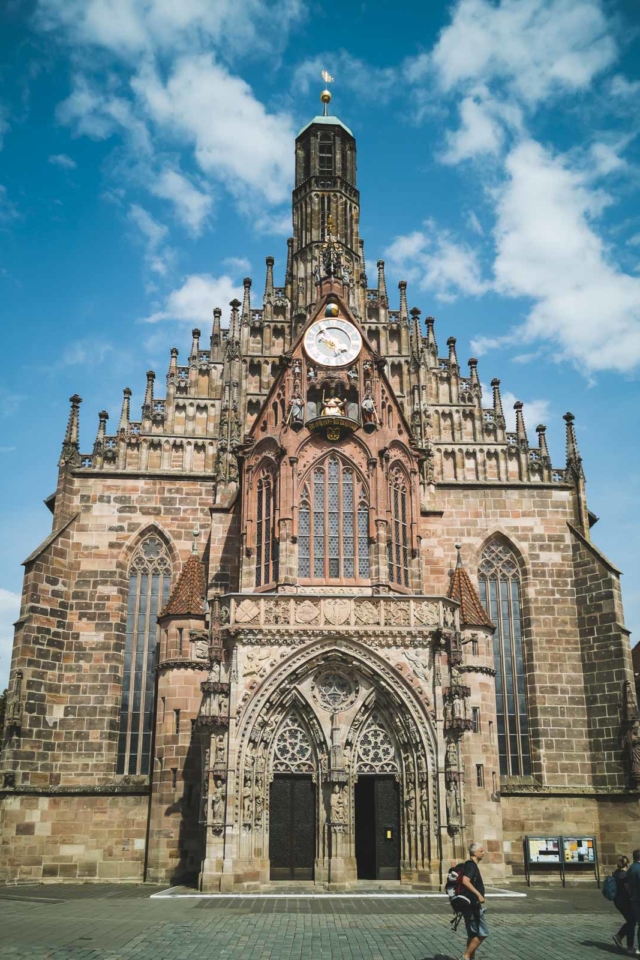
This gothic church was built by Charles IV, Holy Roman Emperor between 1352 and 1362 and can’t be missed when walking around Hauptmarkt. A good way to explore the old town is on a private walking tour. This highly rated tour, visit Hauptmarkt with the beautiful fountain and the Frauenkirche, and see Albrecht Dürer’s House, Nuremberg Castle, and more!
6. Medievel Dungeouns
For a glimpse into a dark and macabre history, the Medieval Dungeons in the cellars of Nuremberg’s Old Town Hall is not for the faint of heart. Inside you’ll see twelve tiny cells and a torture chamber. Oh, how dark and depressing the middle ages were.
7. Weißgerbergasse

Located in the Old Town of Nuremberg, Weißgerbergasse is a fantastic walk through the Middle Ages. This street takes you along historic timber houses that were once artists’ houses and craftsmen. Also known as Tanners’ Lane Weißgerbergasse is one of the most picturesque streets in Nuremberg.
8. Handwerkerhof Nuremberg
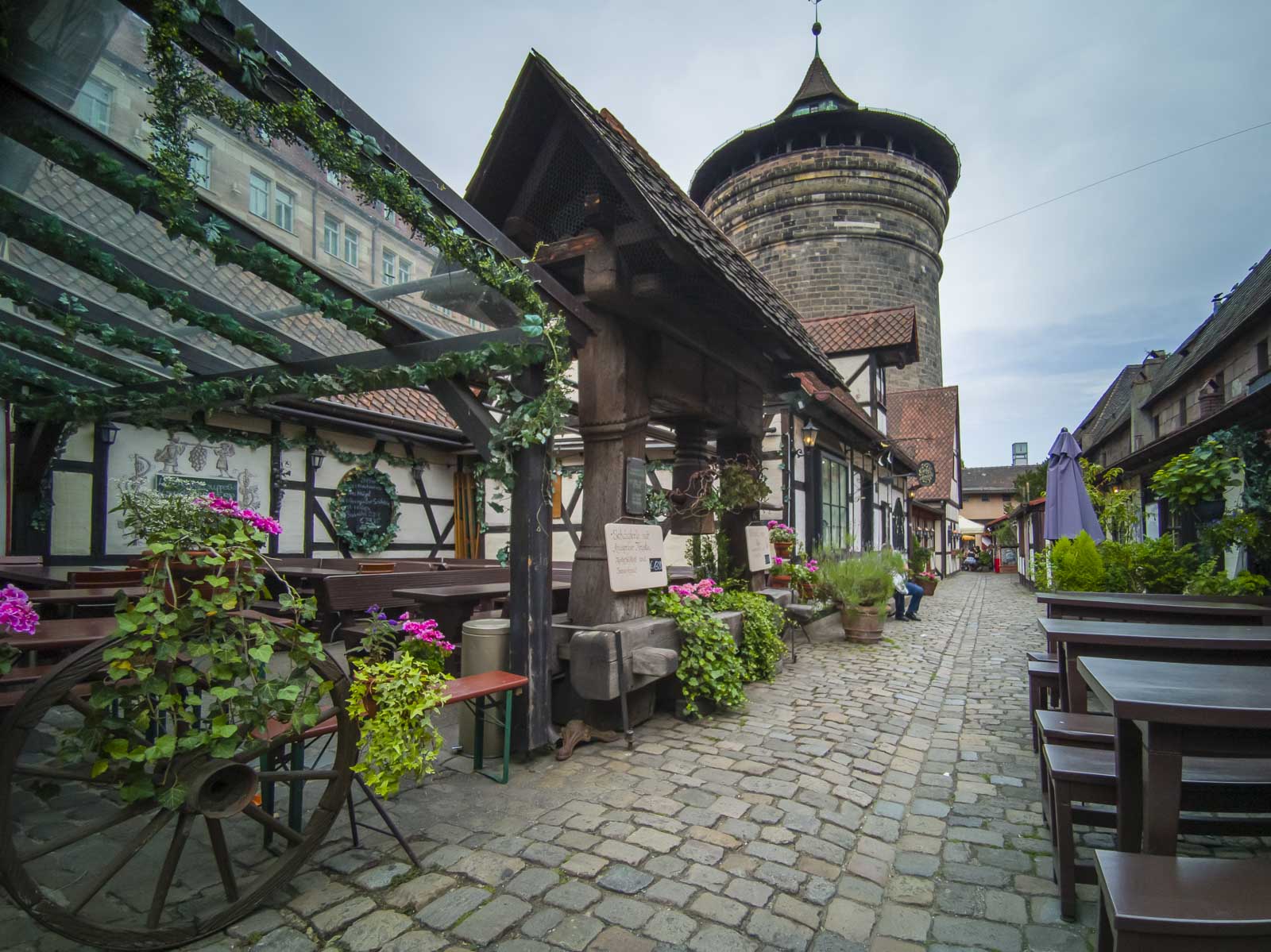
Another historic section in the Old Town is the Handwerkerhof Nuremberg. This artisan section is a Medieval village was a craftsman village that stands beside Nuremberg’s Old City Walls. Dating back to the 15th century this charming section of Nuremberg is a good place to enjoy a pint on an outdoor patio while watching artisans at work.
9. Nürnberger Felsengänge – Nuremberg Rock Passages
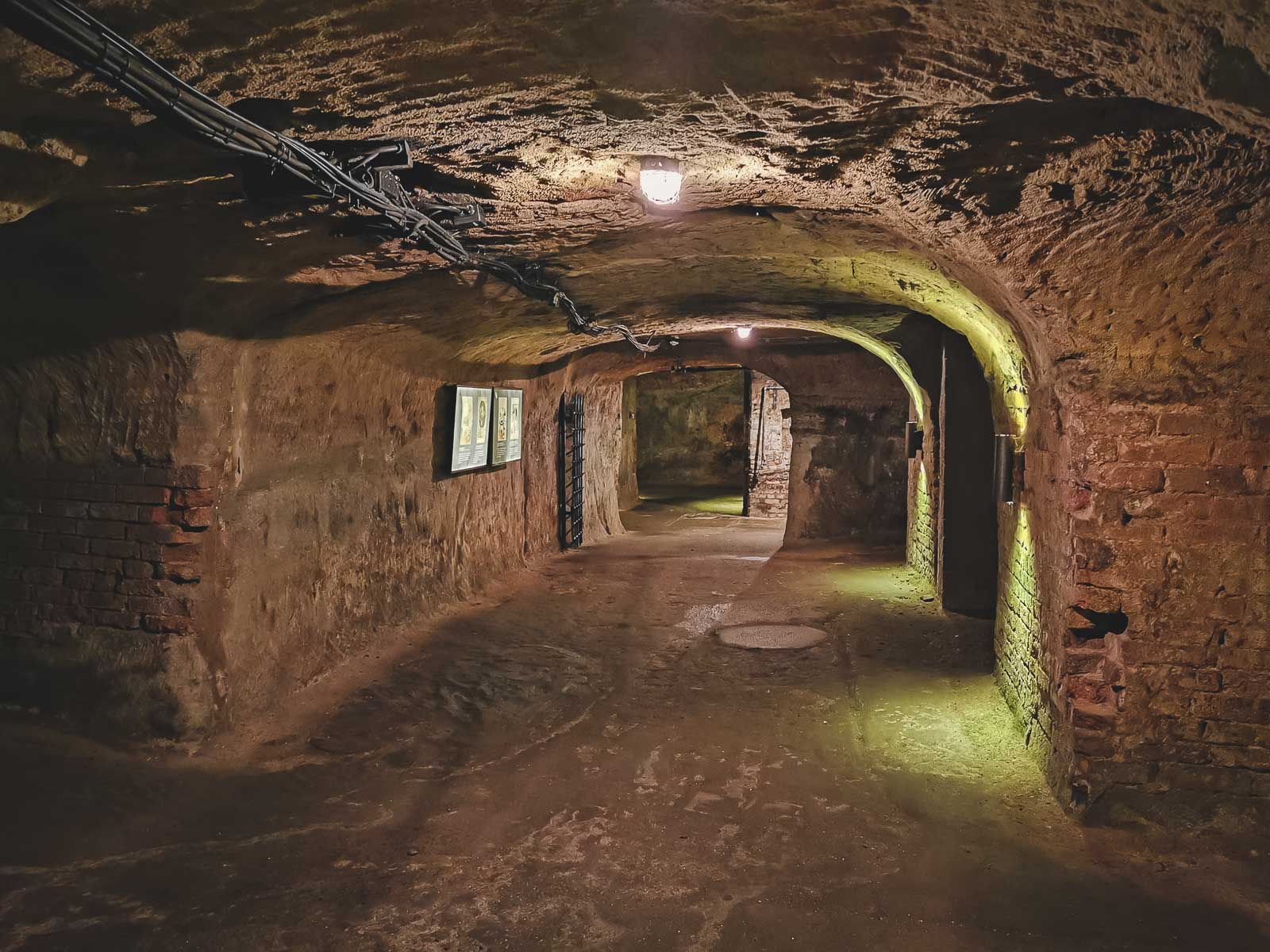
By far one of our favorite things to do in Nuremberg was to tour the Nürnberger Felsengänge. (Nuremberg Rock Passages) This labyrinth of underground tunnels dates back 600 years and was used to cool and store beer. Used by locals to seek shelter. Nuremberg was heavily bombed during World War II because it was a strategic location for the Nazis. The Nazi party took hold of its power here before the war attracting up to 1 million people at a time on the Nazi Party Rally Grounds. The city played a huge part in helping Hitler rise to power as he used it for his base of Nazi propaganda.
Cool Fact: At one time there were more than 40 breweries in Nuremberg and a law was passed that made anyone who wanted to sell beer needed to have their own beer cellar. Hence the rock cellars were born creating 20,000 square meters of rock cellars.
10. Documentation Center Nazi Party Rally Grounds
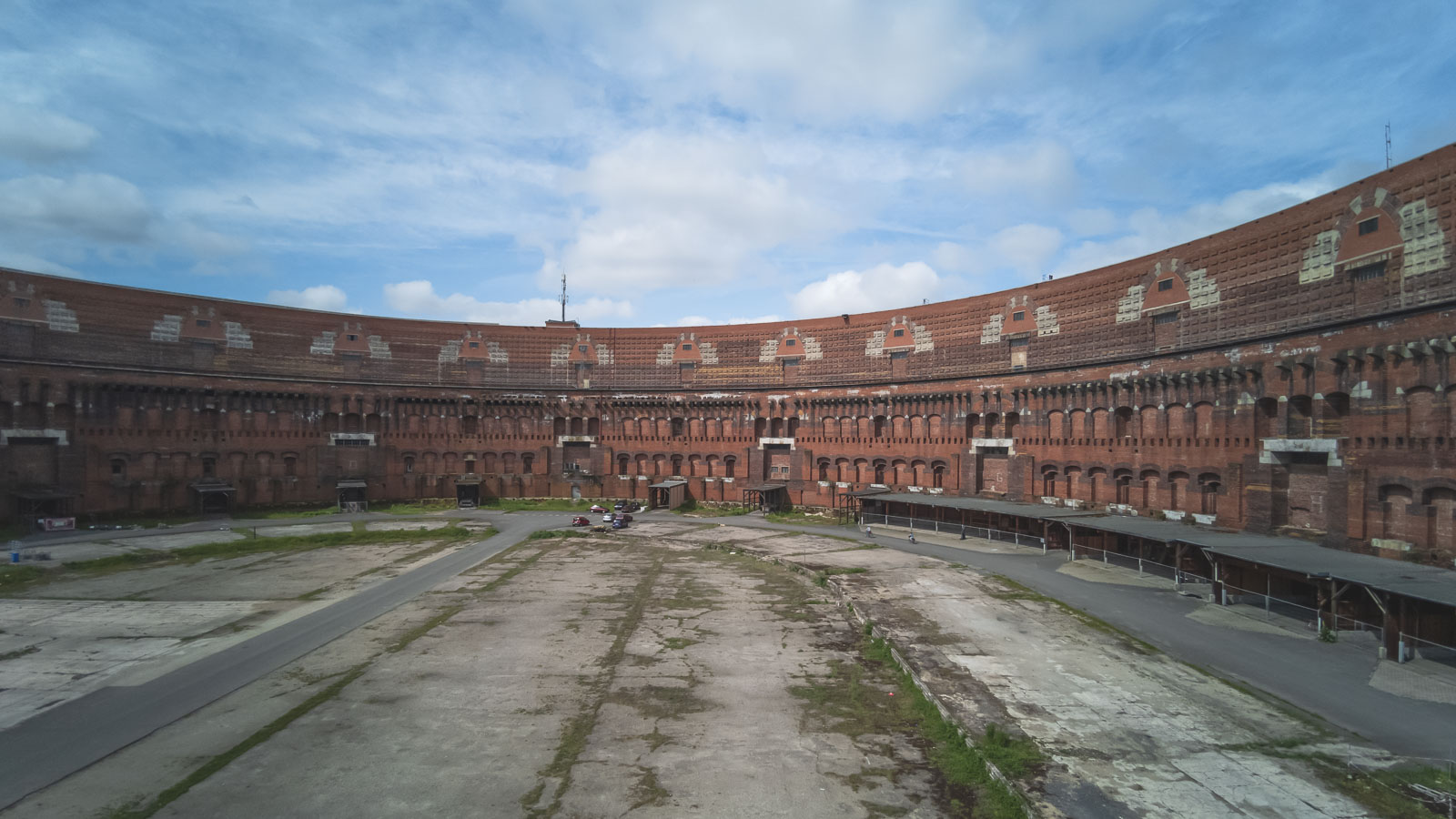
When visiting Nuremberg you must visit the Documentation Center and Nazi Party Rally Grounds. Located on the former rally grounds of the Nazi Party, we weren’t expecting to spend much time here, but we ended up spending an entire morning learning about how Hitler rose to power and how the Nazi party managed to corrupt people’s minds into following such extremism.
It pays tribute to those who suffered under the Nazi Regime and pulls no punches. You will see the horror that people faced when murdered by Hitler’s party and followers. Book a private tour to learn of this dark chapter in Nuremberg’s history through the Nazi party rally grounds and the unfinished congress hall.
11. Palace of Justice – Nuremberg Trials
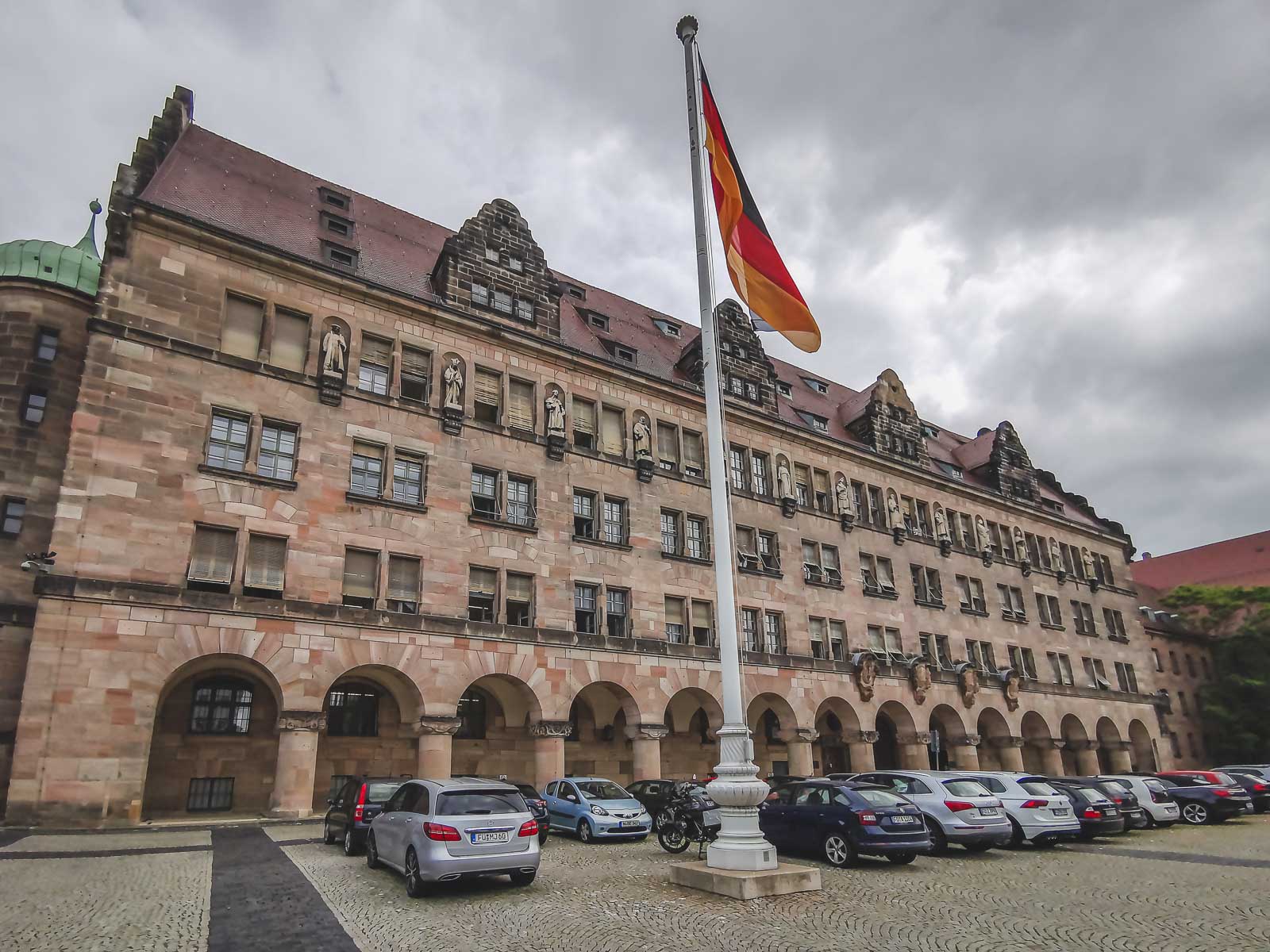
Thank God Hitler lost the war and his followers were put on trial. When exploring Nuremberg, you can visit the Palace of Justice to see where the Nuremberg Trials took place in Courtroom 600. This was where high-ranking Nazis were put on trial and found guilty of human rights abuses.
The Memorium Nuremberg Trials is located on the top floor of the courthouse and information from the Nuremberg Trials of 1946 to 1949 and the impact the Nuremberg Trials have had on the present day. Courtroom 600 is still working courtroom and the best time to visit is on Saturdays when the court is not in session.
12. Germanic National Museum
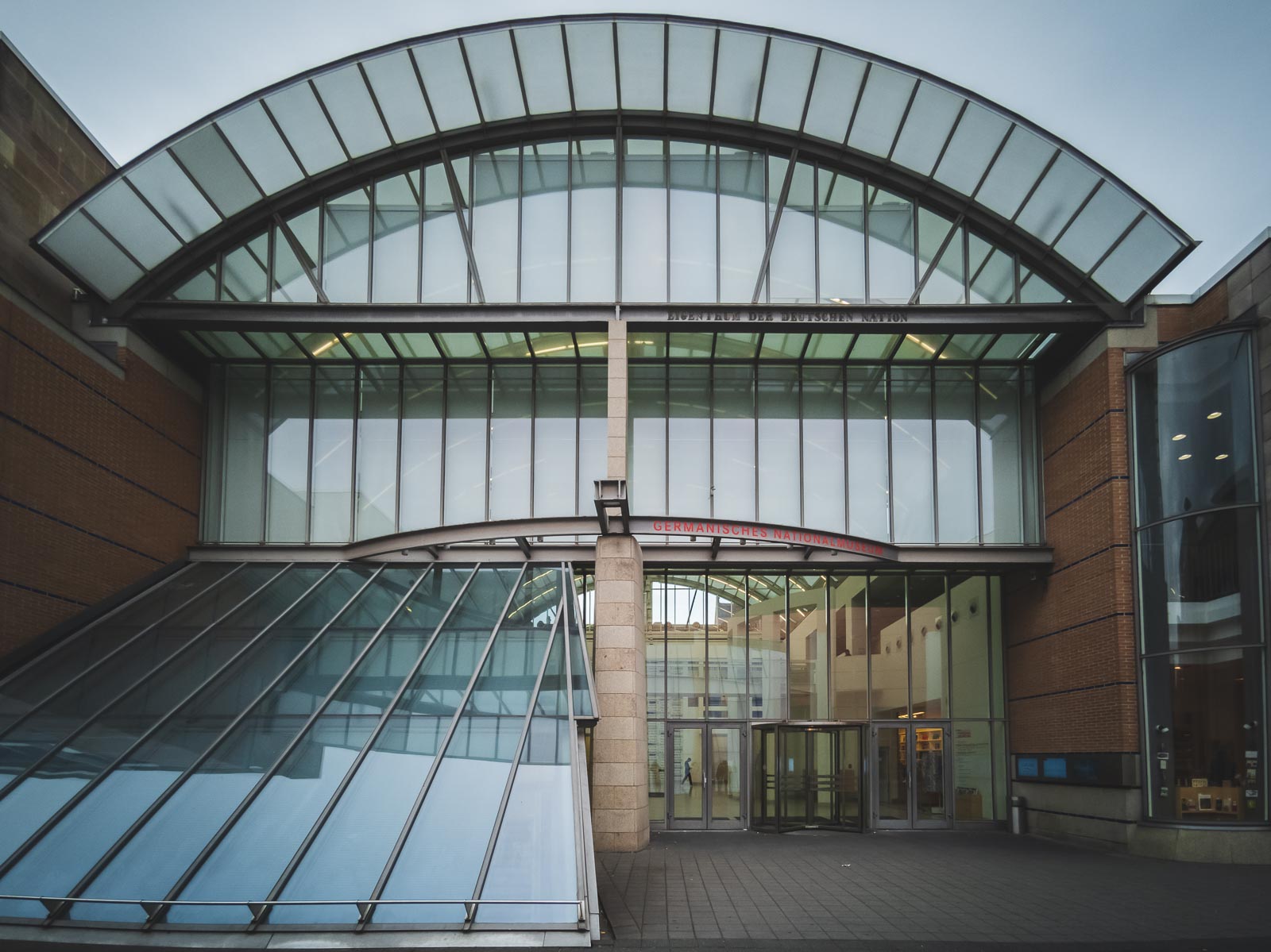
We had a museum pass when visiting Nuremberg which allowed us to pop into many museums during our visit. The Germanic National Museum is home to the largest collection of German art and culture. There is a lot to see inside the museum, but be sure to take your time to explore The Way of Human Rights (Straße der Menschenrechte) outside. This street consists of 27 high white round pillars depicting messages of declaration of human rights. Germanisches Nationalmuseum
13. Nuremberg Transport Museum
Transportation enthusiasts will enjoy visiting the Nuremberg Transport Museum (Verkehrsmuseum Nürnberg) which contains scale models of Deutsche Bahn’s, railway cars, locomotives and carriages. Nuremberg was home to the first German railway and the museum is one of the oldest in the country. Dating back to 1899 it was originally called the Bavarian Railway Museum. One of the coolest things to see is King Ludwig II’s royal train and a replica of Germany’s first train.
14. Albrecht Dürer’s House
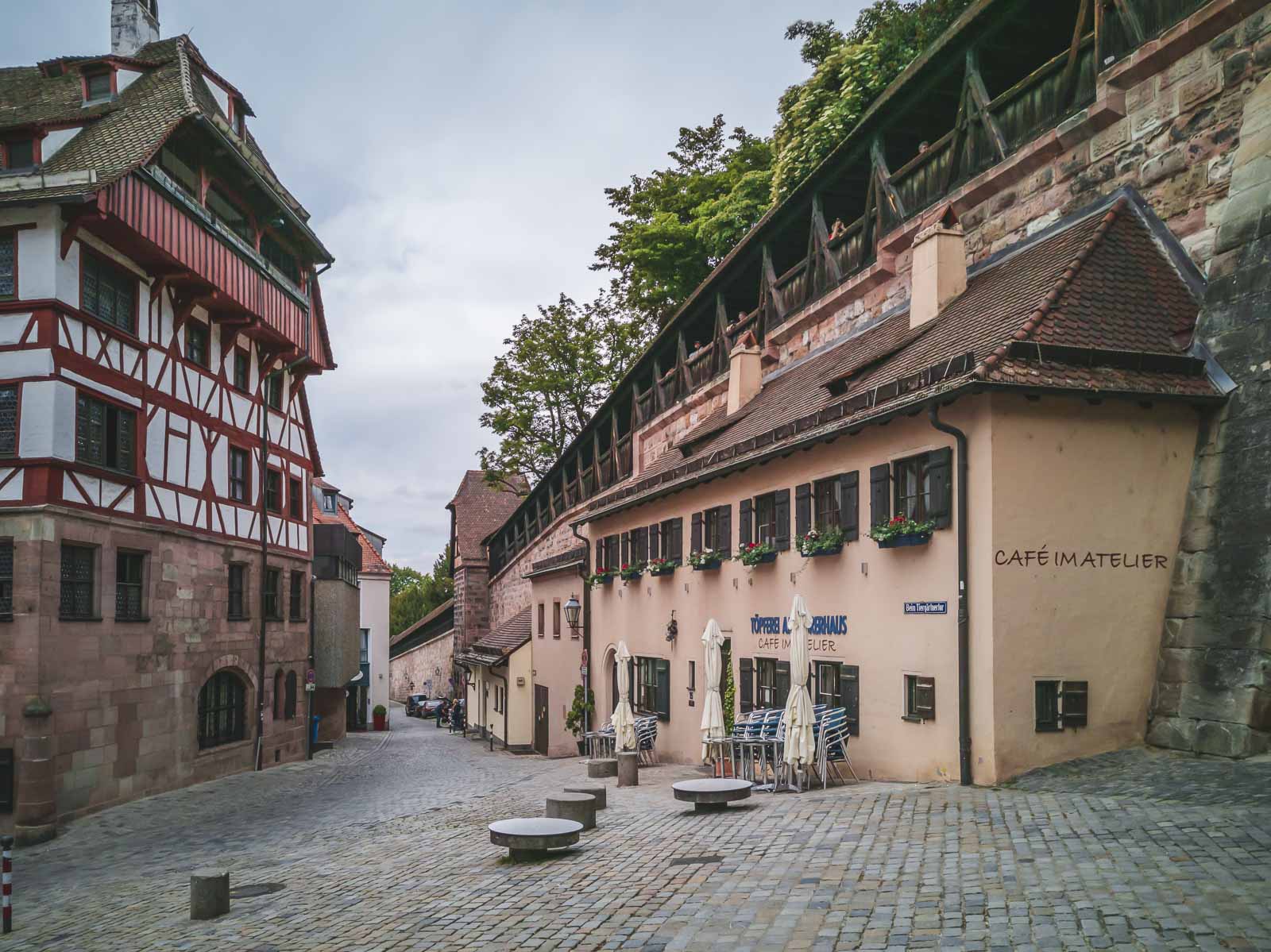
I will admit I have no idea who Albrecht Dürer was before visiting Bavaria, but once I arrived I soon discovered visiting his house is one of the most popular things to do in Nuremberg. Located in Kaiserburg near Nuremberg Castle, Albrecht Dürer’s House is a lovely Timber House and home to the famous German Renaissance artist Albrecht Dürer from 1509 to 1528. It was turned into a museum dedicated to his life and work in the 1800s but was destroyed during WWII. It was restored and rebuilt after the war and reopened on Dürer’s 500th birthday in 1971.
15. Neues Museum Nürnberg
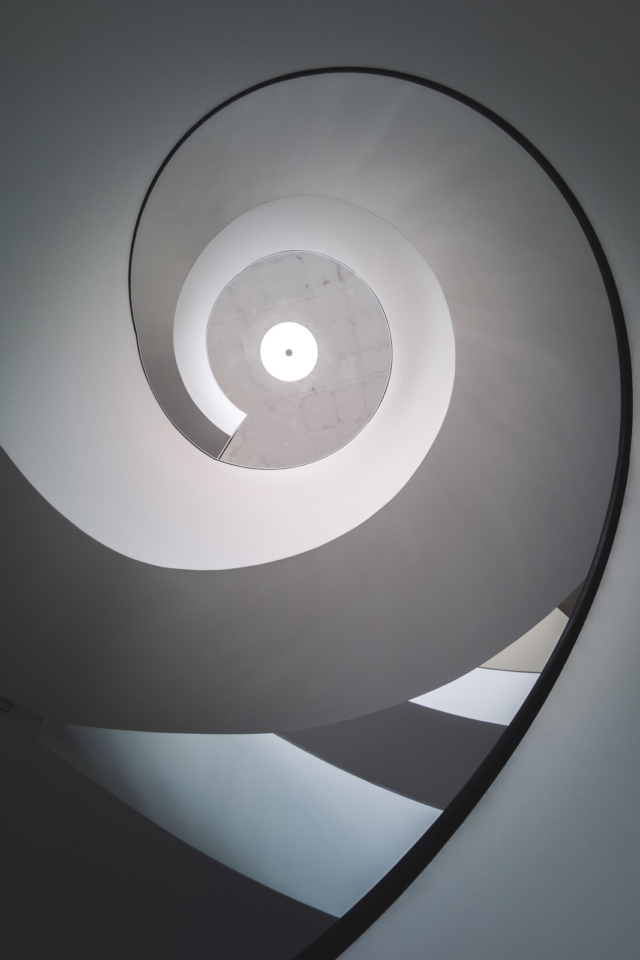
For contemporary art be sure to go into Neues Museum Nürnberg. Art lovers will enjoy it but we loved its design more than perusing modern art. When entering, there is an Instagram-worthy spiral staircase leading up to the exhibits.
16. St. Sebaldus Church
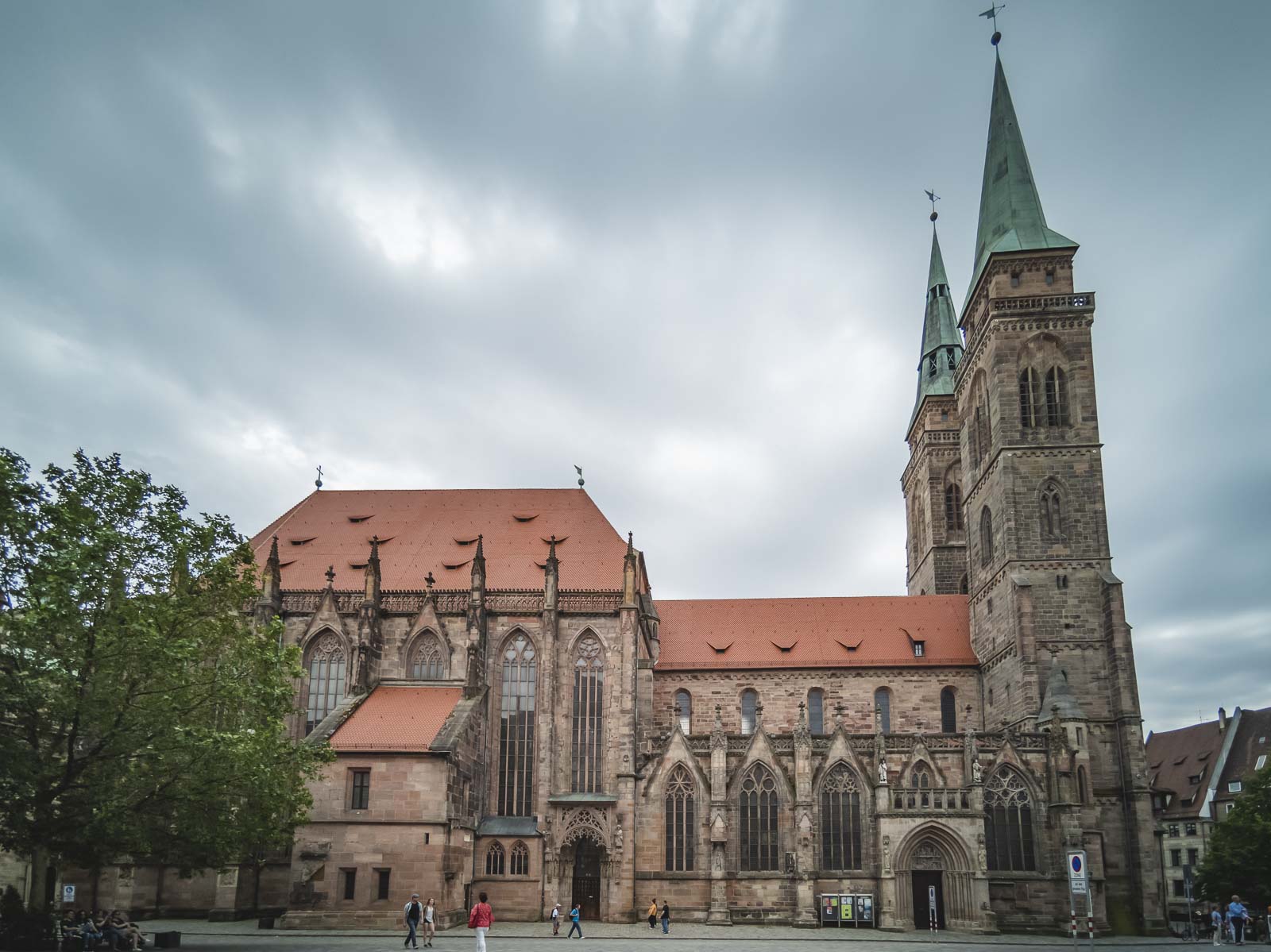
Located in Albrecht-Dürer-Platz, St. Sebaldus Church is one of the oldest and most important churches in Nuremberg. Named after the Patron Saint of Nuremberg it dates back to 1225. It is a mix of Romanesque and Gothic and if you go inside, you can view the tomb of Saint Sebald who lived during the 8th century.
17. St. Lorenz Church

Another important church in Nuremberg is St Lorenz Church. Construction of this gothic style church began in 1439 and its 80m (260ft) tall twin towers stand proud over Lorenzer Platz and the Old Town. When you go inside you’ll marvel at one of the largest pipe organs in the world containing 12,000 pipes and its 9m (30ft) rose window. Much of its art and treasures were preserved even during the destruction of Christianity during the Reformation period because its wealthy patrons did not want to destroy their ancestral memories.
18. Bratwurstglöcklein im Handwerkerhof
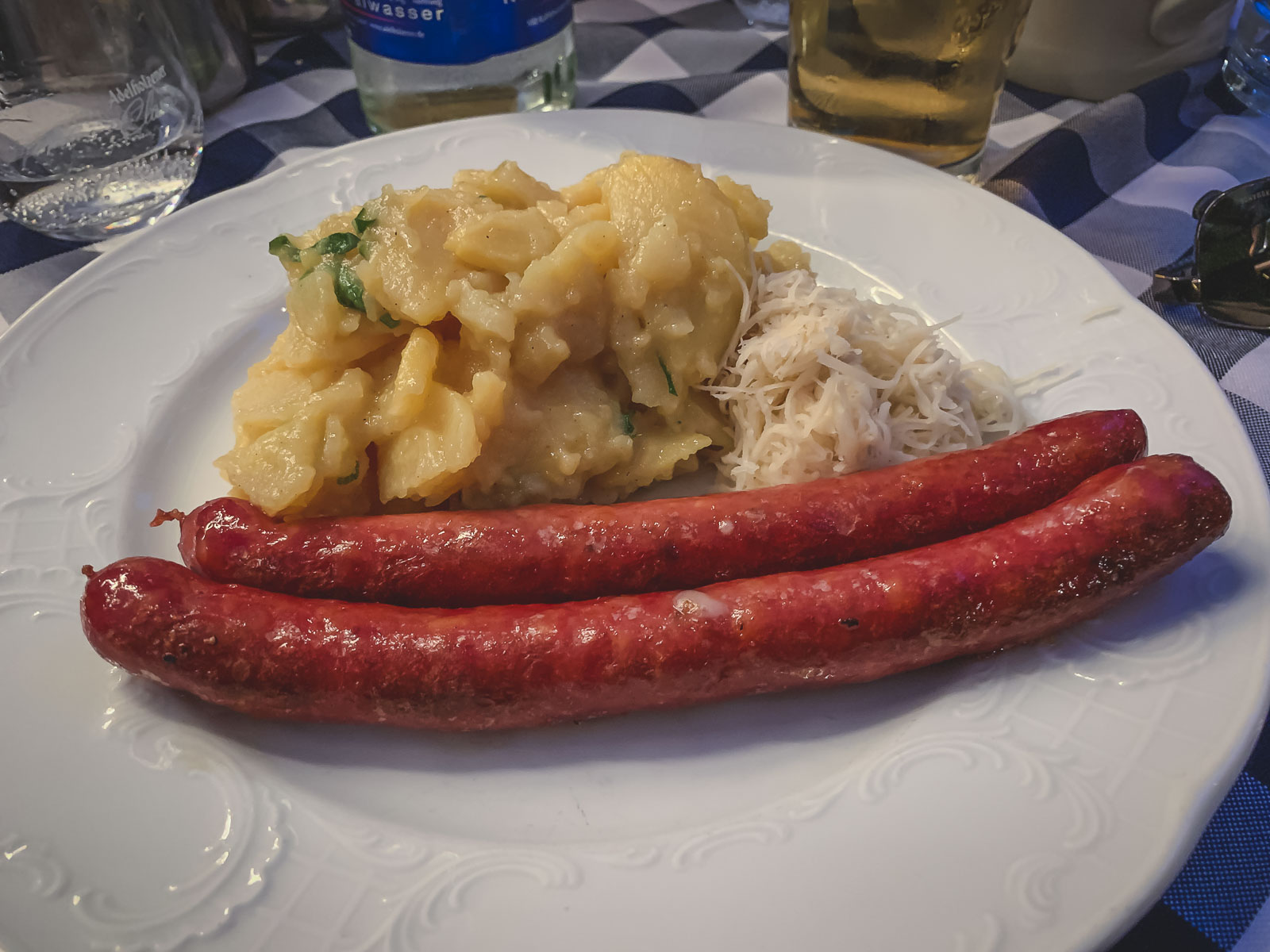
One very interesting piece of trivia is that Nuremberg has a bratwurst that is protected like champagne is in France. Nürnberger Bratwurst is protected and can only be made in Nuremberg. One of the best places to have Nürnberger Bratwurst is at Bratwurstglöcklein im Handwerkerhof which has been serving this sausage since 1313. Make sure to have an authentic meal served with sauerkraut, potato salad, horseradish, and a pretzel.
19. Take a Walk Along the Canal
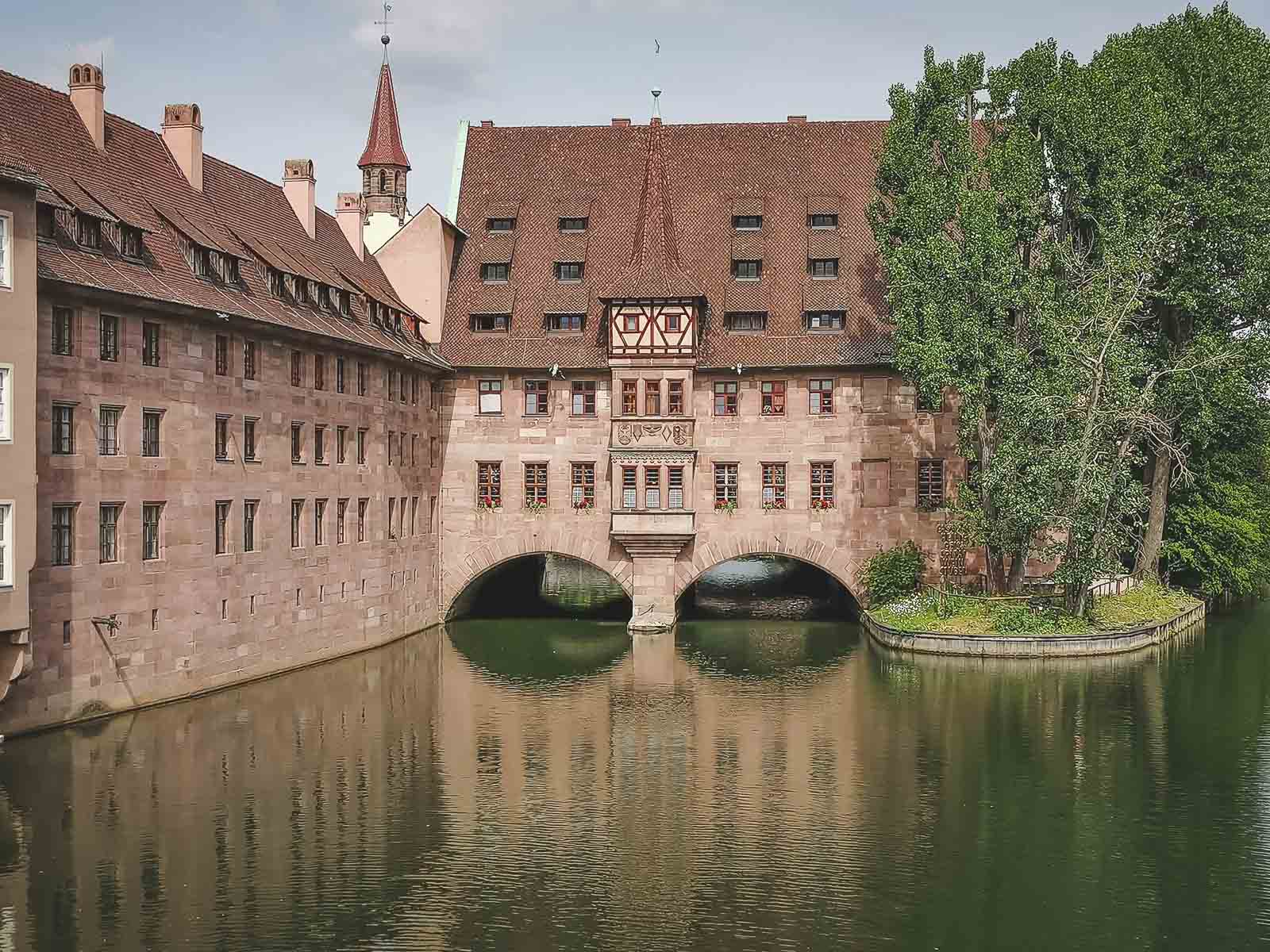
One of the best things to do in Nuremberg is to stroll along the canal looking at the half-timber houses lining the waterway. The Holy Spirit Hospital in Nuremberg (The Heilig-Geist-Spital Nürnberg) is one of the most photographed places in Nuremberg. It was one of the largest hospitals of its time built between 1332 and 1339. Today it is a bratwurst house, but it is worth stopping to view from the bridge to see its picturesque setting on the canal.
Where to Stay in Nuremberg
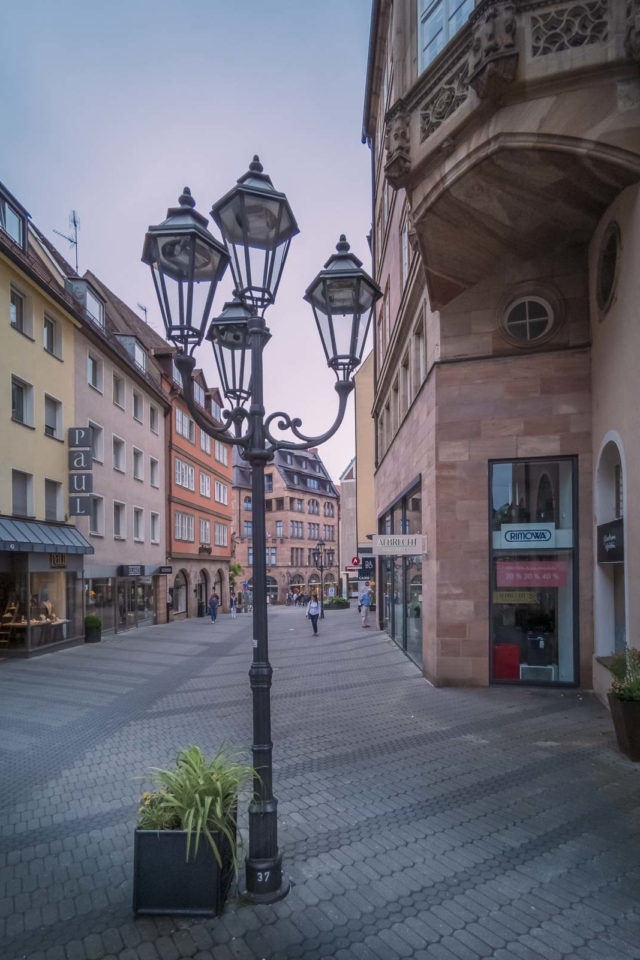
We stayed at the Adina Apartment Hotel which was a walking distance to everything. It had great rooms, an indoor pool (that we didn’t personally use) and a good bar. Check rates and availability on TripAdvisor
How to Get Around Nuremberg
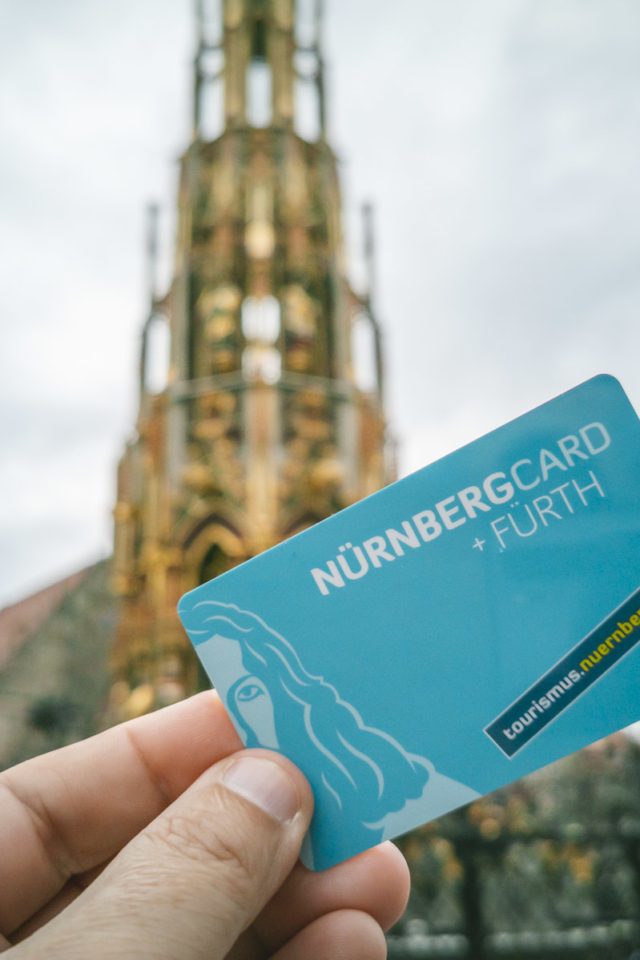
Nuremberg is very easy to navigate. We stayed just outside the old town and found it easy to walk everywhere. Most of the main attractions in Nuremberg are in the Old Town or just on the outskirts which is walkable.
Nuremberg does have easy public transit with three U-Bahn (underground) lines four S-Bahn (local train) lines, and plenty of bus routes. To get to and from the airport, the U2 line runs every 10 minutes.
We had a car in Nuremberg that we kept parked when visiting the old town but found that having a car is an amazing way to get around the rest of Bavaria and the attractions outside of town. Check out RentalCars.com for price comparisons.
The Nuremberg Card is a great way to explore Nuremberg. It offers free admission to the city’s most popular attractions including Imperial Castle Nuremberg, Deutsches Museum Nuremberg, Germanisches Nationalmuseum, Albrecht Dürer House, and many more. Plus, it offers unlimited travel on Nuremberg’s public transportation in Zone A and you will find discounts to other activities such as Historical Rock Cut Cellars, and the Nuremberg underground.

